10 Types of Decks Every Seafarer Should Know
Taking up a career requires an individual to have a basic idea about his intended career. A potential seafarer also, in the same vein, needs to have an idea about the decks that comprise a ship.
The deck forms a singular central construction, acting as a ceiling-of-sorts to the hull of the vessel. However, the term deck also refers to each of the numerous levels or storeys of a ship.
A ship has a number of different types of decks which are located at different levels and places on the ship. Needless to say, every seafarer working on a ship should be aware of these decks.
Moreover, as there are various names to a generalised concept, it’s necessary for sailors to understand what each deck name and interpretation entails.
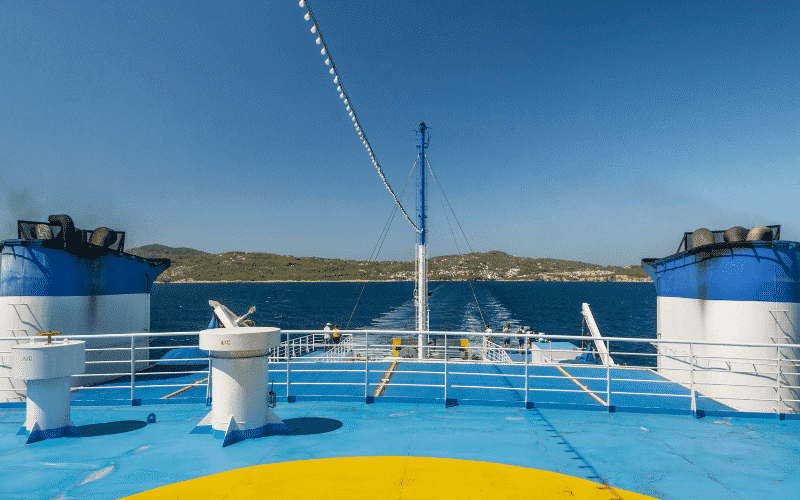
1. Poop Deck: Originating from the Latin term for a vessel’s stern-side – Puppis – the poop deck is located on the vessel’s stern. The poop deck is basically used by the vessel’s commanding superiors to observe the work and navigational proceedings. Technically, it is the deck that forms the roof of a cabin built in the aft part of the superstructure of the ship.
2. Main Deck: As the name suggests, the main deck is the primary deck in any vessel. The main deck however is not the topmost deck in a vessel which is referred to as the weather deck. On sailing warships, it is usually the deck below the upper deck.
3. Upper Deck: The deck that covers the hull of the vessel from its fore to its aft is the upper deck. It is the topmost deck on a ship. In all vessels, the upper deck is the biggest deck amongst all other decks.
4. Lower Deck: The deck located below the primary or main deck is the lower deck. Generally, the lower deck comprises more than one deck. It is just next to the lowest or orlop deck.
5. Promenade Deck: Promenade refers to taking a lazy stroll in a feasible place like a beach or a park. In a vessel, the promenade deck serves as a place for the voyagers to take a calming and enjoyable walk on the ship while enjoying the beauty of the oceanic vista. It is generally the area around the superstructure. It can have open railings or can be enclosed in a glass.
6. Tween Deck: ‘’tween’ is a colloquial abridging of the word ‘between.’ In a ship, the tween deck actually means an empty space separating or between (tween) two other decks in the hull of a vessel.
7. Flush Deck: The deck that extends without any constructional breaks from the frontal part of the ship to the aft is referred to as the flush deck. On such decks, there is no raised forecastle or lowered quarterdeck.
8. Weather Deck: A deck that is not roofed and thus is open to the ever-changing weather conditions of the sea is referred to as the weather deck. It is the uppermost deck on the ship which is exposed to the environment.
9. Bridge Deck: Bridge deck is the deck on which the navigational equipment of the ships are housed.
The skipper and the rest of his commanding officers generally are positioned on this deck during the vessel’s voyage. It is the room or a platform from which the ship is commanded.
10. Quarter Deck: The deck located near to the chief mast of a vessel on its stern is referred to as the quarter deck. The quarter deck is a part of the upper deck and is inclusive of the poop deck. The quarter deck is generally found on navy ships and accessible only to the most senior naval officers on the vessel. When in port, all the activities of the ships are controlled from the quarter deck.
Apart from these deck names, there are several other decks that have their own unique identity. Some whose purpose is quite easy, while some a little difficult – yet understanding them making it all very challenging and rewarding.
Do you have info to share with us ? Suggest a correction
About Author
Marine Insight News Network is a premier source for up-to-date, comprehensive, and insightful coverage of the maritime industry. Dedicated to offering the latest news, trends, and analyses in shipping, marine technology, regulations, and global maritime affairs, Marine Insight News Network prides itself on delivering accurate, engaging, and relevant information.

About Author
Marine Insight News Network is a premier source for up-to-date, comprehensive, and insightful coverage of the maritime industry. Dedicated to offering the latest news, trends, and analyses in shipping, marine technology, regulations, and global maritime affairs, Marine Insight News Network prides itself on delivering accurate, engaging, and relevant information.
Latest Marine Navigation Articles You Would Like:
Subscribe To Our Newsletters
By subscribing, you agree to our Privacy Policy and may receive occasional deal communications; you can unsubscribe anytime.



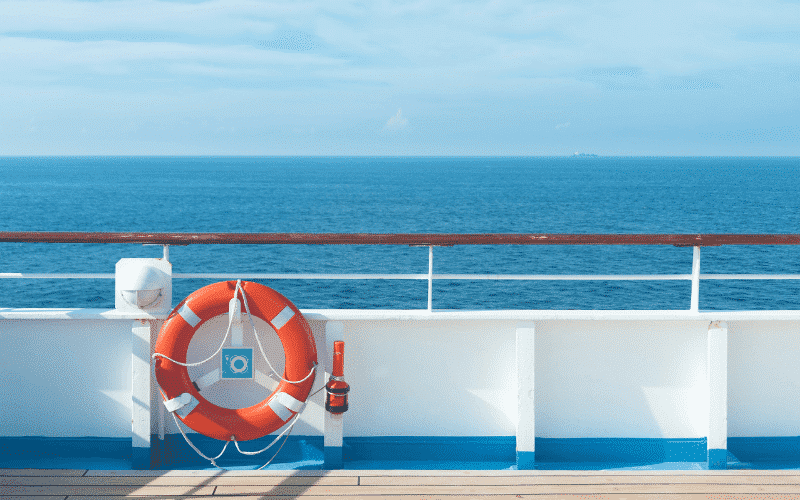
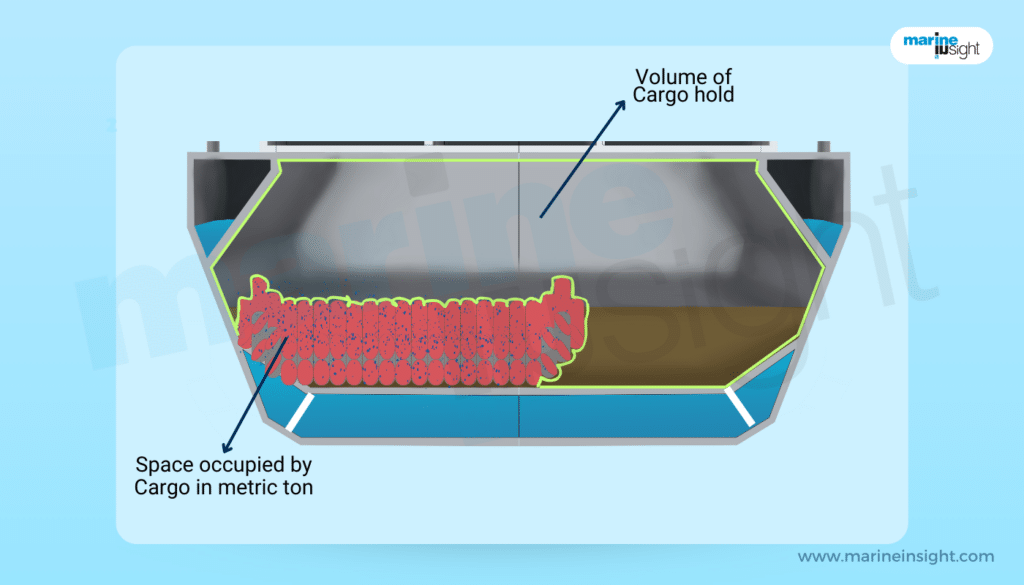
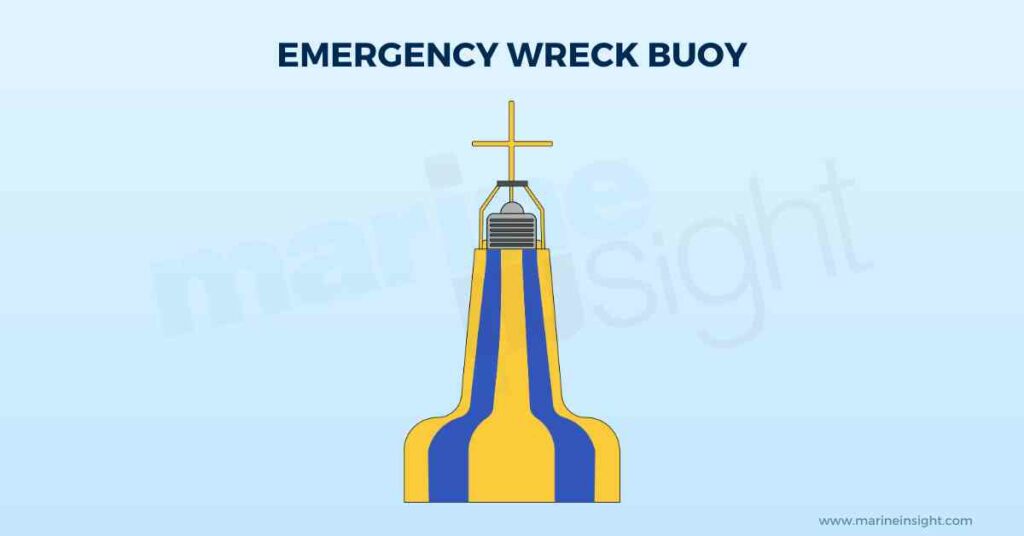

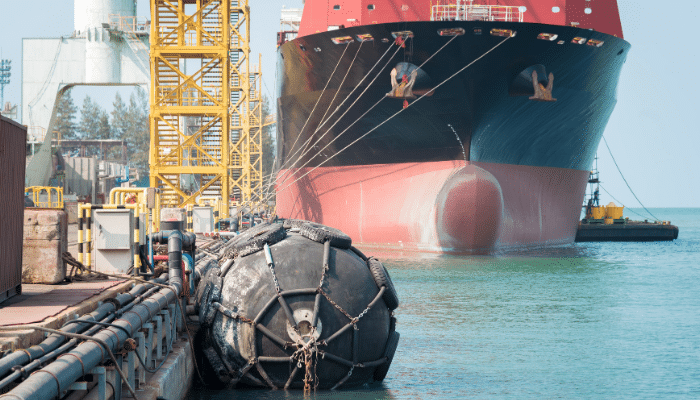
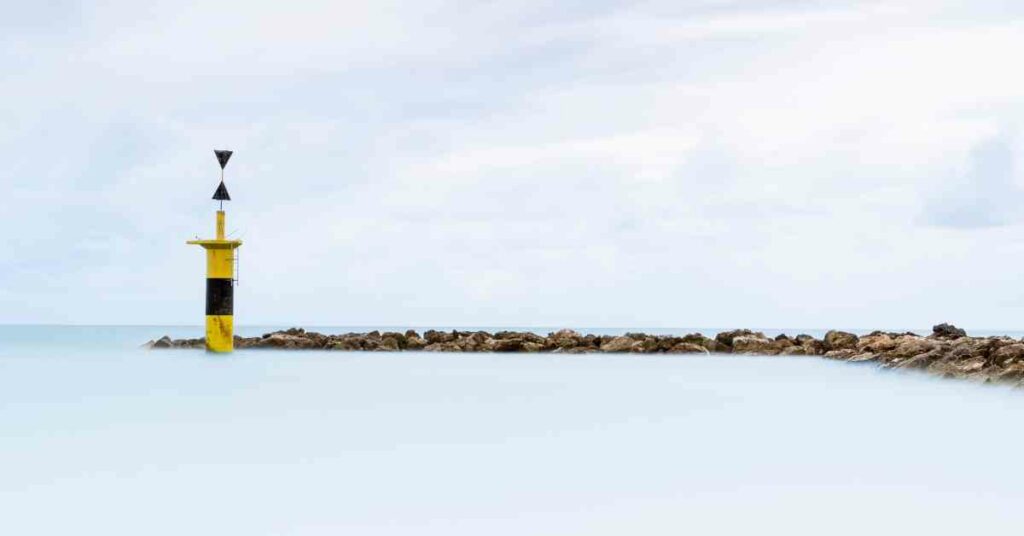
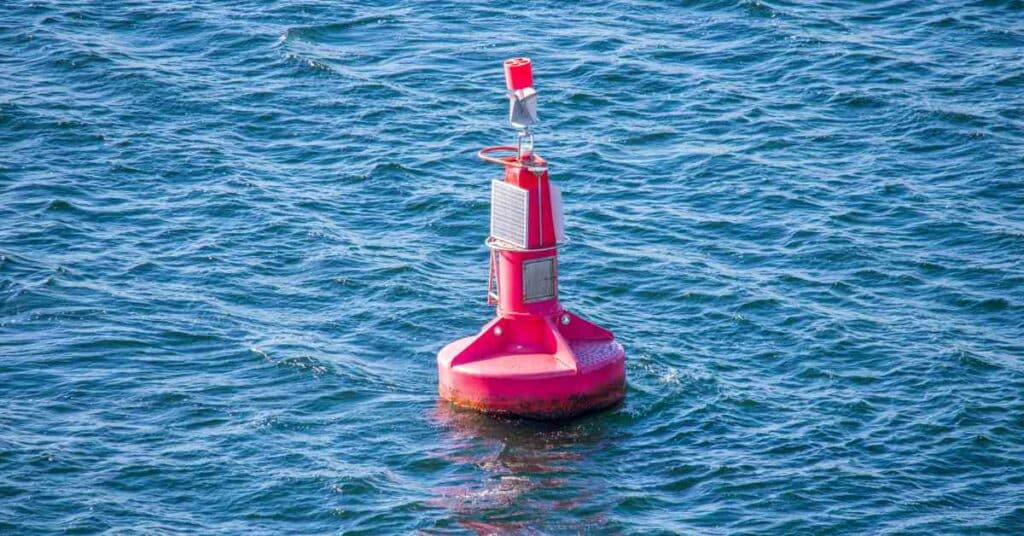

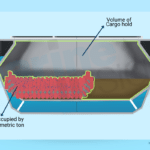
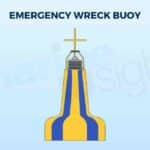

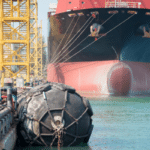

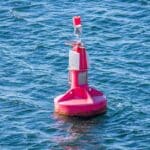
I m
interested
Very nice EN ejucative….. Keep it up more creatively… God bless u.
From steven E.
Nigerian marine student
Very interesting. I’m writing a book but I just needed to know some terms for parts of a ship, as there are ships and boats in my book. Very helpful, thanks.
Glad you liked it @elfqueen
what is the open area of a yacht called ?o?deck
Yes
Hi. Using Marine Insight to help in studying for my Stability exam. THANK YOU! Would you please define Open Construction and Closed Construction. Got the idea but wondering if there is more to it.
Cheers,
P
@Polly – In shipbuilding, open construction refers to a design in which the cargo holds and other enclosed spaces are not separated by watertight bulkheads. This means that if water enters the ship, it can flow freely throughout the entire vessel.
Closed construction, on the other hand, refers to a design in which the cargo holds and other enclosed spaces are separated by watertight bulkheads. This means that if water enters the ship, it will be confined to a specific area and will not be able to flood the entire vessel.
Closed construction is considered safer as it reduces the risk of the ship sinking due to flooding and provides more stability.